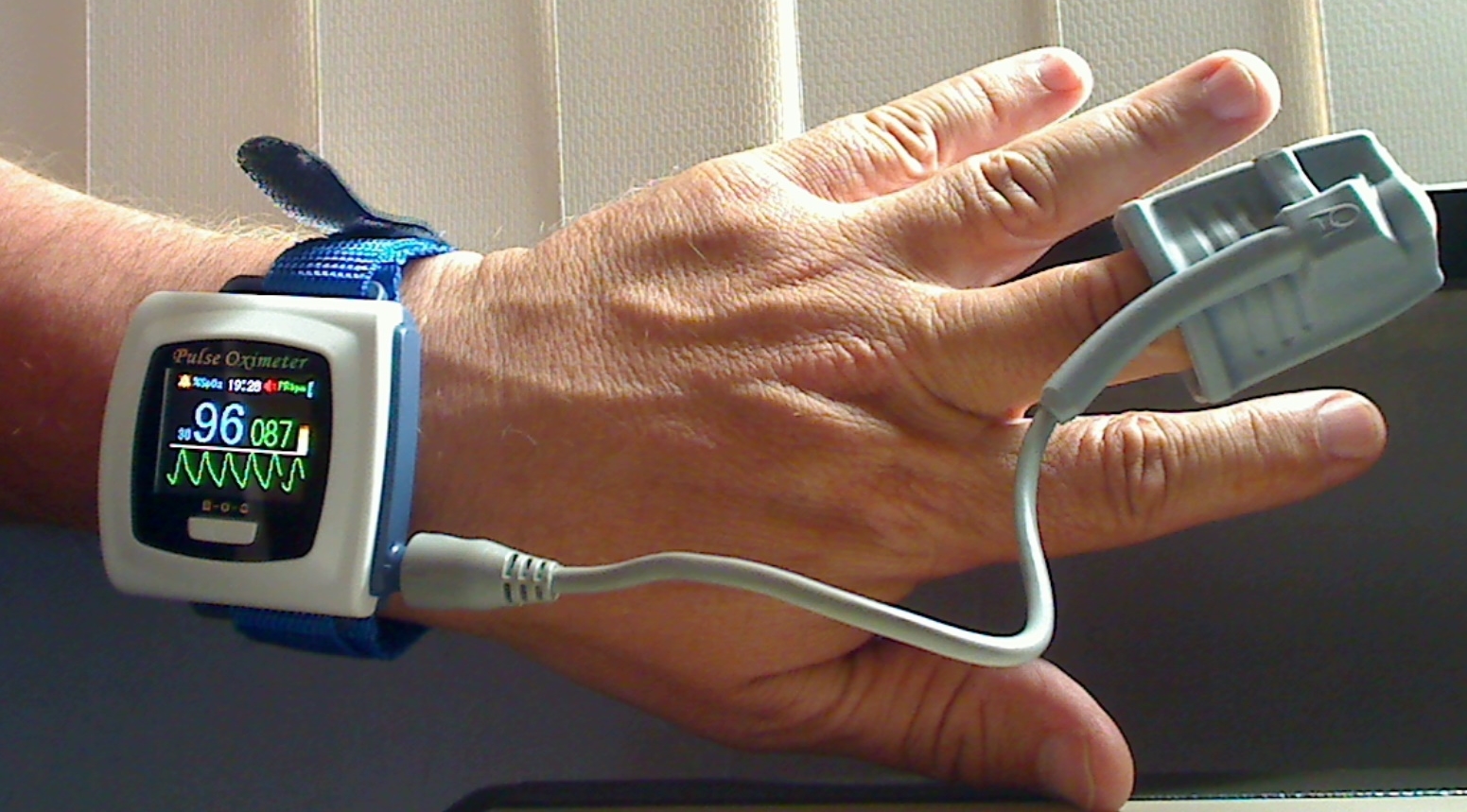
Welcome to a faster, smarter path
to business financing.
to business financing.
How can we support
your business today?
Rent, Finance or Buy
Pulse Oximeters
Get competing quotes from suppliers, lenders or both.
I Need Equipment Quotes
I Want Financing Options


 The sensor is placed on the body – finger, earlobe, or foot, as mentioned above – and the photoreceptor in it will transmit light in two different wavelengths. This measures the percentage of oxygen saturated hemoglobin in the blood. Most people should have a saturation level of above 95%. If it is not, then it is generally an indication that something is wrong. For example, the patient may be suffering from COPD, another respiratory disease, or something such as cyanotic congenital heart disease.If using a finger probe. Make sure that the hand it resting on the chest at the level of the heart, instead of holding it in the air, which is what many patients tend to do.
The sensor is placed on the body – finger, earlobe, or foot, as mentioned above – and the photoreceptor in it will transmit light in two different wavelengths. This measures the percentage of oxygen saturated hemoglobin in the blood. Most people should have a saturation level of above 95%. If it is not, then it is generally an indication that something is wrong. For example, the patient may be suffering from COPD, another respiratory disease, or something such as cyanotic congenital heart disease.If using a finger probe. Make sure that the hand it resting on the chest at the level of the heart, instead of holding it in the air, which is what many patients tend to do.